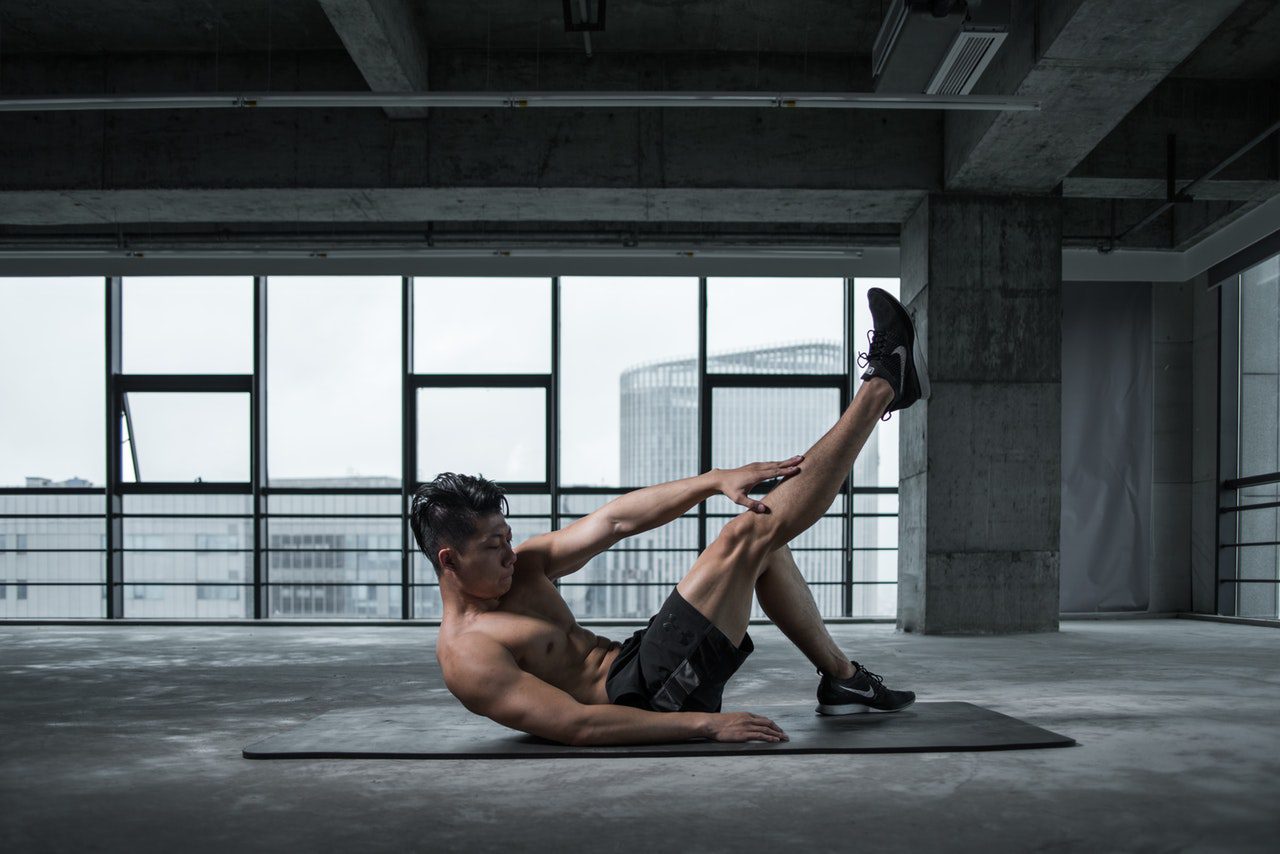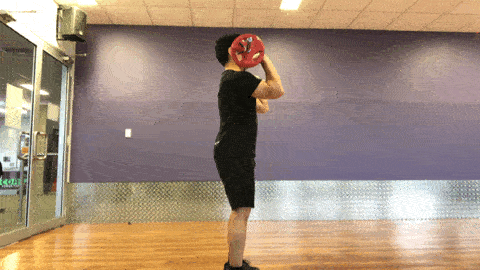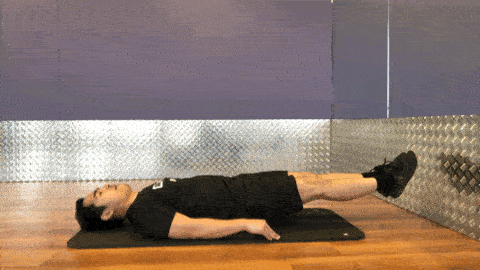
The best online fitness resource you'll ever need. We filter out the BS to ensure you meet your health and fitness goals!

The best online fitness resource you'll ever need. We filter out the BS to ensure you meet your health and fitness goals!

When it comes to training their core muscles, many people default to some form of the crunch or sit-up. They are easily identifiable, look easy to perform, require the use of no equipment, and are firmly entrenched in the public’s imagination as the way to train the abs.
However, there are some glaring issues with them that many think make them either insufficient or outright unacceptable as a core routine.
First, let’s look at insufficiency. Neither sit-ups nor crunches are particularly challenging, at least when you get used to them: plateau is reached very quickly. Without added resistance, which is hard to do safely with either the crunch or the sit-up, your abs just won’t be getting the workload they need to inspire progression.
Added to this is the lack of musculature that they hit. Both will target your lower rectus abdominals quite nicely. However, these only form a small, and arguably not very important, portion of your core. For a well-rounded, fully developed midriff you will also want to target your deeper, transverse abdominal wall and both your internal and external obliques, none of which are hit in any way by sit-ups or crunches.
Secondly, let’s look at safety. Both sit-ups and crunches involved repetitive spinal flexion- exacerbated in those with poor technique. This can cause various issues for your back health, not least of which compression in your spinal disks which will cause them to bulge, pressing on nerves. The fibrous outer walls of these disks can become damaged through repetitive flexion, and various medical complaints may follow.
To many, that’s far too much risk for such a low pay-off as crunches and sit-ups offer.
There are a host of alternative exercises available to you that will both keep you safe as you train and give you far more in terms of abdominal development and progressive overload.
Many fitness professionals are either partially or fully foregoing sit-ups and crunches in favour of some of these better alternatives. People favour variations on the plank, in which isometric tension over time can be used to get deep within the abdominal and oblique muscles. Yoga, Pilates and calisthenics all use a variety of bodyweight poses and movements to work the core from different angles and at different intensities.
A particular trend that many are enjoying and adopting is to use real-world movements to develop core strength that is geared towards movements you will use in your everyday life. Carrying motions like the farmer’s walk, sandbag and keg carries mimic actions we will actually use as they get you to brace and hold loads through movement. Dragging actions fit into this category, with sled pulls, yoke walks and their like working your core in its role as stabiliser under load.
It’s always a good idea to look for a trio of things when deciding on your core routine. The first is this real-world applicability: how will it actually help you to move more efficiently, with improved strength? The second is the effect it will have on your heart rate: to build a six-pack, you will need to burn fat, and so any thermogenic bonus is to be welcomed. Finally, you want to look at the risk to reward ratio: what is payoff compared to the potential harm? This is where crunches and sit-ups fall down, as mentioned above, and where others will do wonders.
Collected below are a sample of some of the core exercises you should be making use of in your routines. To a greater or lesser degree, each will hit the above three categories, giving you real-world practicality, great reward at minimal risk, and often challenging your full body so that your heart rate remains elevated throughout.
Arguably the best at hitting our three criteria, front squats will push you hard, focus on stability under load and give you a fantastic core workout with relatively little risk of injuring yourself.

Leg raises work similar muscles in similar ways to crunches and sit-ups. However, the strain is more intense, the ability to progressively overload is greater, and the posture is much more safe.

If it’s too hard to stop your feet an inch from the ground at first, feel free to touch them to the ground each time. This will take the pressure out of your deeper abdominal wall
This is the next stage up from the grounded leg-raise.
You can also do knee raises, either hanging or from a captain’s chair brace. This will take some of the strain out of the quads and put it all into the abs. To engage your obliques, simply add a twist, bringing opposite knee towards opposite shoulder, alternating sides.
Ab-wheel roll-outs hit both inner and outer abdominal muscles very hard, with a mixture of isometric stability (using the rectus abdominus and obliques) and hard motion (using the transverse abdominus.) It’s also one of the hardest exercises that you will be able to find.

For a different, somewhat easier alternative, try using TRX bands for your roll-outs.
A favourite of cross-fitters and circuit-trainers, the kettlebell swing is fast becoming one of the most common sites in commercial gyms around the world. The swing hits your core very hard, mostly putting pressure into your hips, glutes and transverse abdominus, with a lesser yet still significant amount going into your obliques, hamstrings and torso.

This is an explosive movement and will bring your heart rate sky high whilst using your core in a very active, workable manner.
These alternatives and many more will help you to achieve the core strength and musculature that you want, without you ever having to perform a single crunch or sit up. They have more benefits, will give you more by way of progressive overload, and are all far safer and more effective than crunches and sit ups.